The U.S. dollar, a cornerstone of the global financial system, has experienced significant fluctuations throughout the 2020s. A combination of economic, political, and global factors has shaped its performance, influencing both its domestic purchasing power and its standing in international markets. This article explores the key factors affecting the dollar’s value, its comparative performance, and the future outlook for this influential currency.
Economic Factors
Inflation Trends
The 2020s began with a period of heightened inflation, particularly from 2021 to 2023. This surge, driven by pandemic-related supply chain disruptions and increased consumer demand, eroded the dollar’s purchasing power. For example, the inflation rate in 2022 reached levels unseen since the early 1980s, prompting concerns about the long-term stability of the dollar.
High inflation directly impacts the dollar’s value by reducing its ability to buy goods and services domestically. Globally, persistent inflation can weaken investor confidence, as it signals potential instability in the U.S. economy. Policymakers have focused on mitigating these effects through monetary adjustments and fiscal strategies.
Federal Reserve Policies
The Federal Reserve’s response to inflation has been a critical factor in the dollar’s performance. By raising interest rates, the Fed has sought to combat inflation and stabilize the economy. Higher interest rates generally strengthen the dollar by attracting foreign investors seeking better returns on U.S. assets.
Conversely, during periods of economic slowdown, the Fed has adopted more accommodative monetary policies, such as lowering interest rates or engaging in quantitative easing. These measures, while aimed at spurring economic growth, often lead to a weaker dollar as they increase the money supply and reduce returns on dollar-denominated investments.
GDP Growth
The U.S. economy’s growth rate has fluctuated throughout the 2020s, influencing investor sentiment and the dollar’s value. Strong GDP growth typically boosts the dollar, as it reflects economic resilience and attracts investment. Conversely, periods of slow growth or recessionary pressures tend to weaken the currency.
Political Influences
Trade Policies
Trade policies have played a pivotal role in the dollar’s performance. During the Trump administration, the imposition of tariffs on imports from countries like China created volatility in currency markets. While the tariffs aimed to reduce trade imbalances, they also strained international relationships and affected the dollar’s value.
Subsequent administrations have pursued different trade strategies, impacting the dollar in various ways. For example, renegotiating trade agreements or imposing sanctions on foreign entities can create ripple effects across currency markets.
Fiscal Stimulus Measures
The federal government’s fiscal policies, particularly during the pandemic, have significantly influenced the dollar. Massive stimulus packages, such as the CARES Act and subsequent relief measures, injected trillions of dollars into the economy. While these measures provided critical support to individuals and businesses, they also raised concerns about inflation and fiscal sustainability, which in turn affected the dollar’s strength.
Geopolitical Events
Global tensions and conflicts have shaped the dollar’s performance as well. The dollar often serves as a safe-haven currency during times of uncertainty, with investors flocking to it during geopolitical crises. Events like the Russia-Ukraine conflict and trade tensions between the U.S. and China have driven demand for the dollar, temporarily boosting its value despite domestic economic challenges.
Global Market Dynamics
Foreign Exchange Reserves
The U.S. dollar continues to dominate as the world’s primary reserve currency, held by central banks worldwide. However, shifts in foreign exchange reserves have influenced its global standing. Some countries have sought to diversify their reserves, reducing their reliance on the dollar in favor of alternatives like the euro or Chinese yuan. These shifts, while gradual, reflect changing dynamics in global finance and trade.
Commodity Prices
As a petrodollar currency, the U.S. dollar’s value is closely tied to global commodity prices. Commodities like oil and gold are typically traded in dollars, making their prices a critical factor in the currency’s performance. When oil prices rise, demand for dollars increases, often strengthening the currency. Conversely, falling commodity prices can weaken the dollar by reducing global demand for dollar-denominated transactions.
Emerging Market Currencies
The performance of emerging market currencies relative to the dollar has also influenced its strength. During periods of global economic uncertainty, emerging markets often experience currency depreciation, driving investors to the relative safety of the U.S. dollar. However, as emerging markets stabilize and grow, their currencies may strengthen, reducing reliance on the dollar and potentially weakening its position.
Comparative Performance
Against Major Currencies
The U.S. dollar’s performance against other major currencies, such as the euro, yen, and British pound, reflects broader economic conditions. For instance, the dollar surged against the euro in 2022, driven by the Federal Reserve’s aggressive interest rate hikes compared to the European Central Bank’s slower response to inflation. Similarly, the yen’s decline against the dollar in the same period highlighted diverging monetary policies between the two nations.
U.S. Dollar Index (DXY)
The U.S. Dollar Index (DXY), which measures the dollar’s strength against a basket of major currencies, has shown significant fluctuations throughout the 2020s. The DXY provides a snapshot of the dollar’s overall health in the global market, with spikes often indicating investor confidence and dips reflecting challenges such as inflation or economic slowdowns.
Future Outlook
Predicted Trends
Economic analysts predict that the dollar’s performance in the remainder of the 2020s will depend on several factors, including inflation trends, Federal Reserve policies, and geopolitical stability. While the dollar is likely to remain a dominant global currency, it may face challenges from emerging markets, alternative reserve currencies, and shifts in global trade dynamics.
Impact of Technological Advancements
The rise of digital currencies and blockchain technology presents both opportunities and challenges for the U.S. dollar. Central bank digital currencies (CBDCs) are gaining traction globally, with countries exploring digital alternatives to traditional fiat currencies. The U.S. is also investigating the potential of a digital dollar, which could modernize the currency’s functionality while maintaining its global relevance. However, private cryptocurrencies like Bitcoin and Ethereum may disrupt traditional financial systems, potentially challenging the dollar’s dominance.
A Dynamic Currency in a Changing World
The U.S. dollar’s journey in the 2020s reflects a dynamic interplay of economic, political, and global factors. From inflation and Federal Reserve policies to geopolitical events and emerging market trends, the dollar has faced both challenges and opportunities. As the world evolves, so too will the factors that influence the dollar’s strength and stability.
While the dollar remains a cornerstone of global finance, its future will depend on how policymakers, markets, and technological advancements shape its role in the international economy. Understanding these complexities is essential for navigating the uncertainties of the 2020s and beyond.







